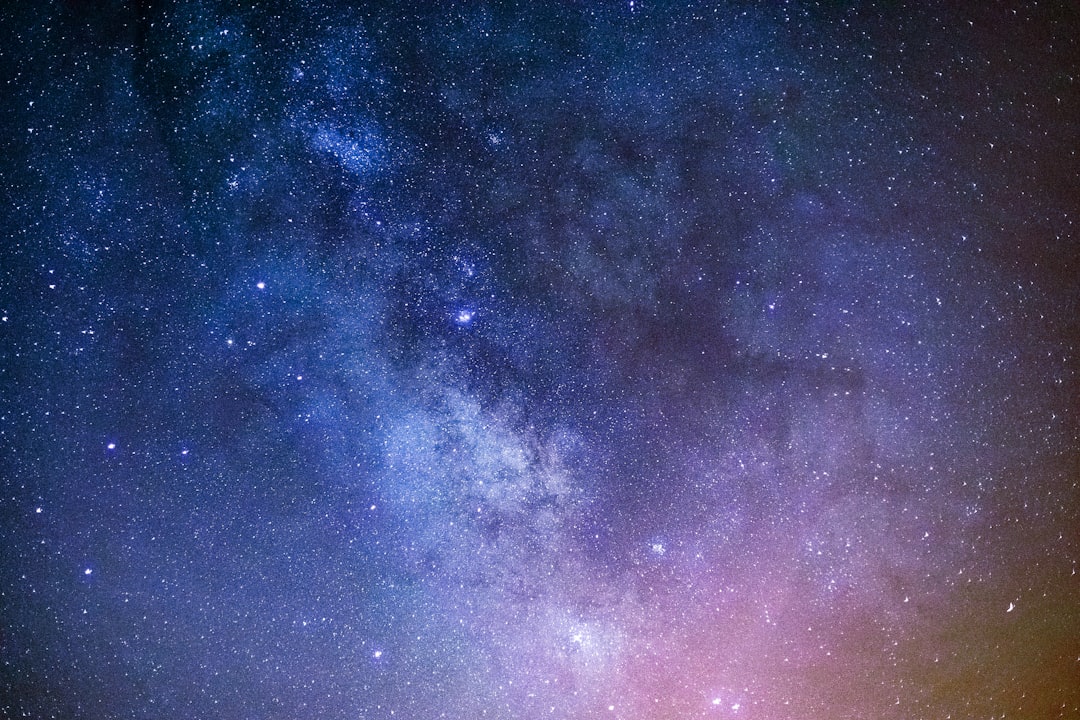What is it about?
In this research work, we used simulations to explore how light affects the separation of polymers. By adjusting the reaction probabilities, we studied the evolution of structures and growth in different conditions. As the probability of bond-breaking reactions increased, we observed a shift from small to large-scale separation. This transition suggests the potential for controlling polymer behavior with light, offering insights for practical applications.
Featured Image

Photo by Ilja Tulit on Unsplash
Why is it important?
Studying polymer fluids under random light, we controlled reactions affecting morphology evolution. Bond-breaking reactions' rates varied, influencing cumulative broken bonds over time. A linear relationship was observed with low probability, transitioning to power law behavior as probability increased. Random light induced a shift from micro- to macrophase separation kinetics, seen in growth exponents and characteristic length scale. This transition, crucial for polymer applications, suggests a framework for analyzing responsive polymeric systems.
Perspectives
Light is an inexpensive and abundant energy source that can stimulate various chemical reactions in diverse polymeric systems. Therefore, we aimed to establish a generic framework for analyzing simulations and experiments involving externally responsive polymeric systems. This is important due to the technological and scientific significance of various morphologies derived from segregating polymer blends and block copolymer melts.
Awaneesh Singh
Indian Institute of Technology (BHU) Varanasi
Read the Original
This page is a summary of: Growth kinetics and morphology characterization of binary polymeric fluid under random photo-illumination, The Journal of Chemical Physics, January 2024, American Institute of Physics,
DOI: 10.1063/5.0181688.
You can read the full text:
Contributors
The following have contributed to this page










